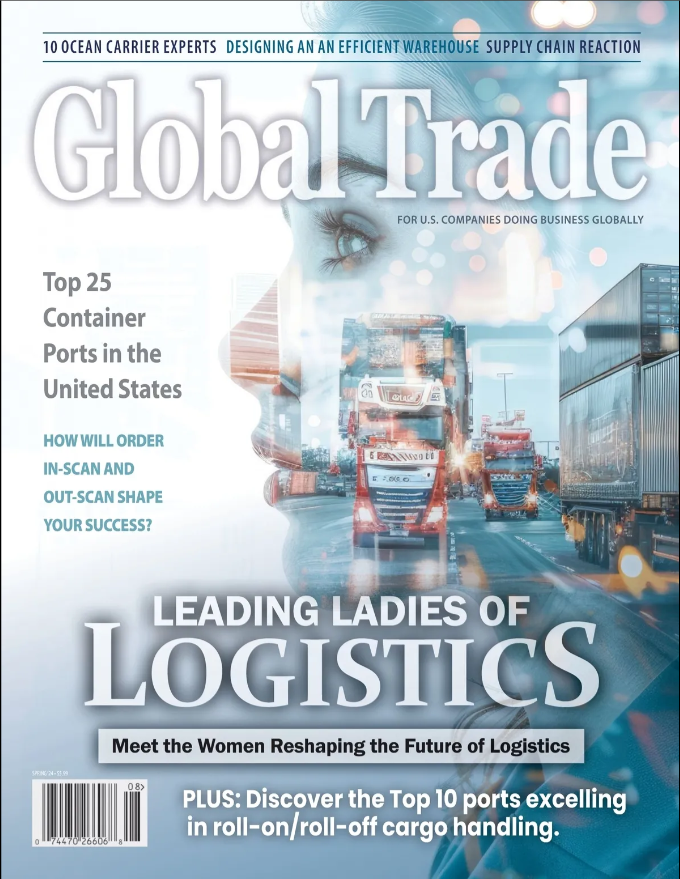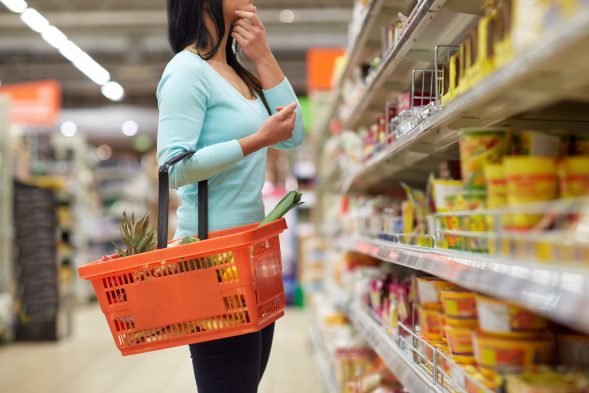Plastic Food Packaging Trends, Innovations and Environmental Implications
Food packaging is a coordinated system that prepares food for transit, distribution, storage, retailing, and eventual consumption by the end users while maintaining optimal cost efficiency. It is essential in modern civilization because it allows for the safe and efficient handling and distribution of commercially prepared foods. Poor packaging is responsible for more than 25% of worldwide food waste, according to the World Packaging Organization (WPO).
Plastics are commonly used in food packaging due to their versatility and adaptability for a variety of purposes. Plastic materials are chosen for specialized food packaging depending on their ability to meet the desired use criteria. Different plastics have unique features that cater to certain packaging requirements, ranging from barrier properties to moisture, oxygen, and light resistance.
The global market for plastic food packaging is projected to increase from $54.98 billion in 2022 to approximately $88.28 billion by 2032. This growth is anticipated to occur at a compound annual growth rate (CAGR) of 4.9% between 2023 and 2032.
Plastic is widely used in food packaging due to its versatility and convenience. Here are some common types of plastics used in food packaging:
- PET Plastics: Polyethylene terephthalate, or PET, is a popular choice for food packaging. It is known for its strength, lightweight nature, and transparent appearance. PET is commonly used for beverage bottles, salad containers, and food trays.
- HDPE Plastics: High-density polyethylene, or HDPE, is another common plastic used in food packaging. It is a thermoplastic polymer derived from petroleum. HDPE is often used for packaging items like milk jugs, yogurt containers, and detergent bottles due to its strong and durable properties.
- LDPE Plastics: Low-density polyethylene, or LDPE, is also used in food packaging. LDPE is a thermoplastic material that is lightweight and flexible. It is commonly found in plastic wraps, sandwich bags, and squeeze bottles for condiments.
- PP Plastics: Polypropylene, or PP, is used in various food packaging applications. PP is known for its heat resistance and is often used in microwave-safe containers, such as those for storing leftovers or ready-to-eat meals. It is also commonly used in yogurt cups, margarine tubs, and takeout containers.
Plastic Food Packaging Market Trends
- Plastic food packaging is versatile and convenient, making it ideal for a wide range of food goods such as fresh produce, dairy, meat, seafood, snacks, and beverages.
- Plastic food packaging extends the shelf life of perishable foods by acting as an excellent barrier against moisture, air, light, and pathogens.
- Advances in plastic food packaging technology have resulted in new solutions that improve product protection, functionality, and sustainability.
- Plastic food packaging enables adapting and branding to differentiate items and build brand identification.
Asia-Pacific’s Leadership in Plastic Food Packaging Innovation
There is a great leadership in the shift to a circular economy for plastic food packaging in the Asia-Pacific (APAC) region, which produces more than half of the world’s plastic 52% of 390.7 million tonnes overall. This area is at the forefront of attempts to combat plastic waste since it is home to some of the biggest plastic producers in the world. In the Asia-Pacific area, plastic packaging is widely used, especially in China and India, where the food and beverage industry is highly dependent on it. China’s consumer sentiment is changing, leading to policies like banning specific plastic products to lessen the country’s plastic pollution. It is anticipated that this change will increase the nation’s need for recyclable flexible plastic packaging.
Impact of Plastic Food Packaging on Daily Life in North America
North America is the second-most plastic-using food packaging region in the world, after Asia. Different packaging materials frequently serve as differentiating characteristics. Food packaging has become an integral component of daily life in modern, industrialized countries. Due to a number of benefits over other materials, plastic stands out as the material of choice for food packaging. Among these are its affordability, versatility, ease of customization, lightweight design, and wide availability. Plastic is a major material, making up around 21% of the containers and packaging sector in North America.
Plastic brings serious environmental risks despite its widespread use and success, especially when it comes to its impact on end-of-life (EOL) situations. The collection and disposal of plastic garbage represent major hazards to wildlife and ecosystems. A growing number of people are looking for solutions since they are aware of these problems, like smart plastic packaging materials and bioplastic. Because they come from renewable resources and may be composted or biodegraded, bioplastics provide a more environmentally friendly choice. Similar to this, smart plastic packaging uses cutting-edge technology to improve sustainability and functionality. Examples of these technologies include active packaging solutions for food preservation and intelligent sensors for freshness monitoring.
Innovations in PET Packaging for Food and Beverage Industry
Polyethylene terephthalate (PET) is widely recognized for its lightweight and semi-rigid to rigid structure. It is utilized in food packaging for a range of products, including soft drinks, sports drinks, water bottles, condiments like ketchup, salad dressings, vitamins, vegetable oil, and peanut butter containers. Because of this feature, food or liquids contained within the container are guaranteed to be safe. It also has good impact resistance.
Plastic Food Packaging in Bakery and Confectionery Industry
The industry that uses plastic food packaging the most is the bakery and confectionery sector, which is where these packaging solutions are most commonly used. The production of baked goods has been steadily increasing in India, and it is now the largest part of the processed food industry. The two main actors in the bakery industry, bread and biscuits, together account for around 82% of the output of all bakery products. Over three million tonnes of bakery goods, such as bread, cookies, pastries, cakes, buns, and rusk, are produced each year.
Improving Consumer Experience with Smart Plastic Packaging
Smart plastic in food packaging is the integration of sophisticated technology into plastic packaging materials to improve functionality and performance. These technologies allow packaging to interact with the environment, the product it holds, or the user, resulting in benefits such as increased food safety, longer shelf life, and a better consumer experience. Smart plastic packaging may include active or intelligent packaging systems that can release antimicrobial chemicals to limit bacterial development, absorb oxygen to delay food spoiling, and check product freshness using indicators such as time-temperature sensors.
Report Source: https://www.towardspackaging.com/insights/plastic-food-packaging-market-sizing





Leave a Reply